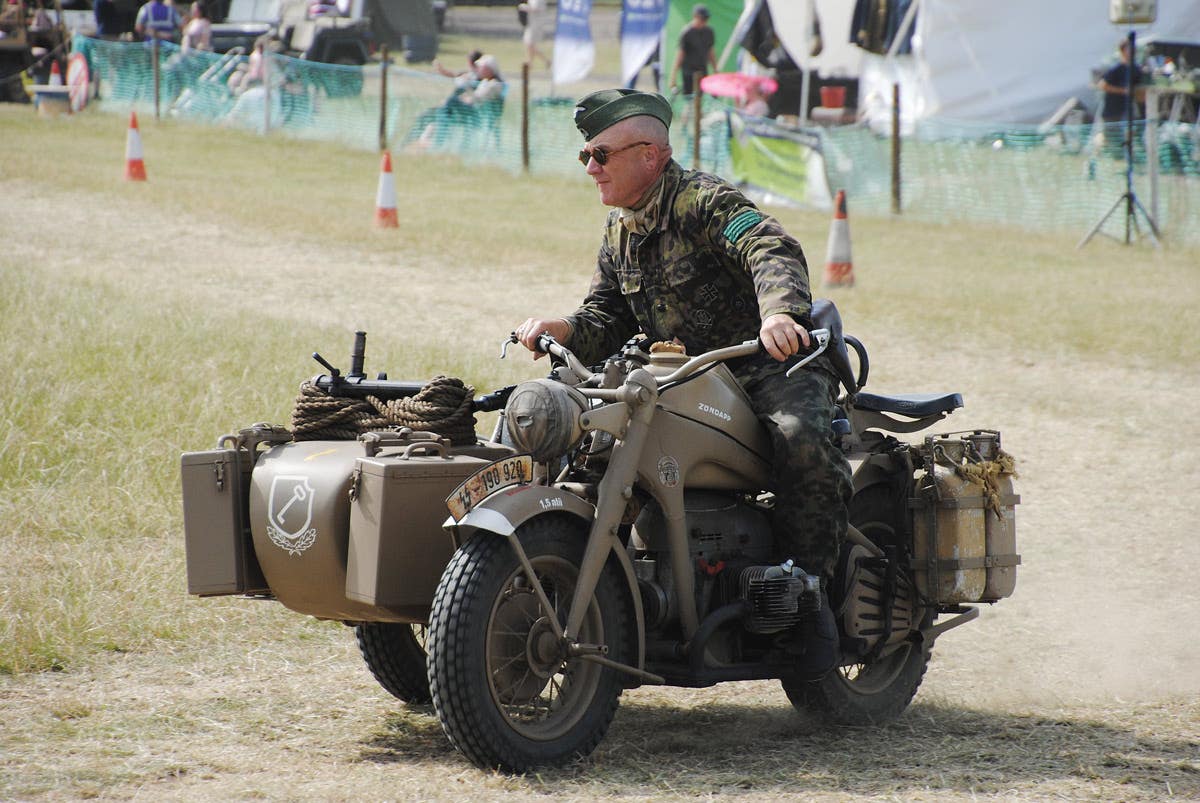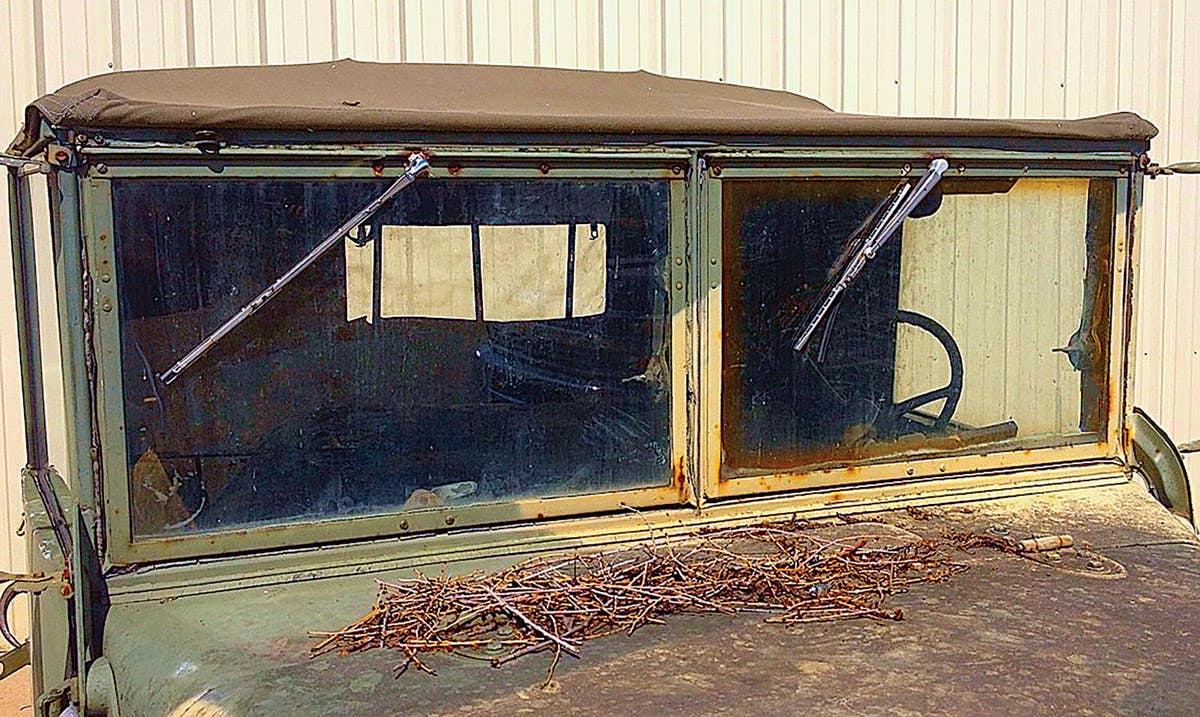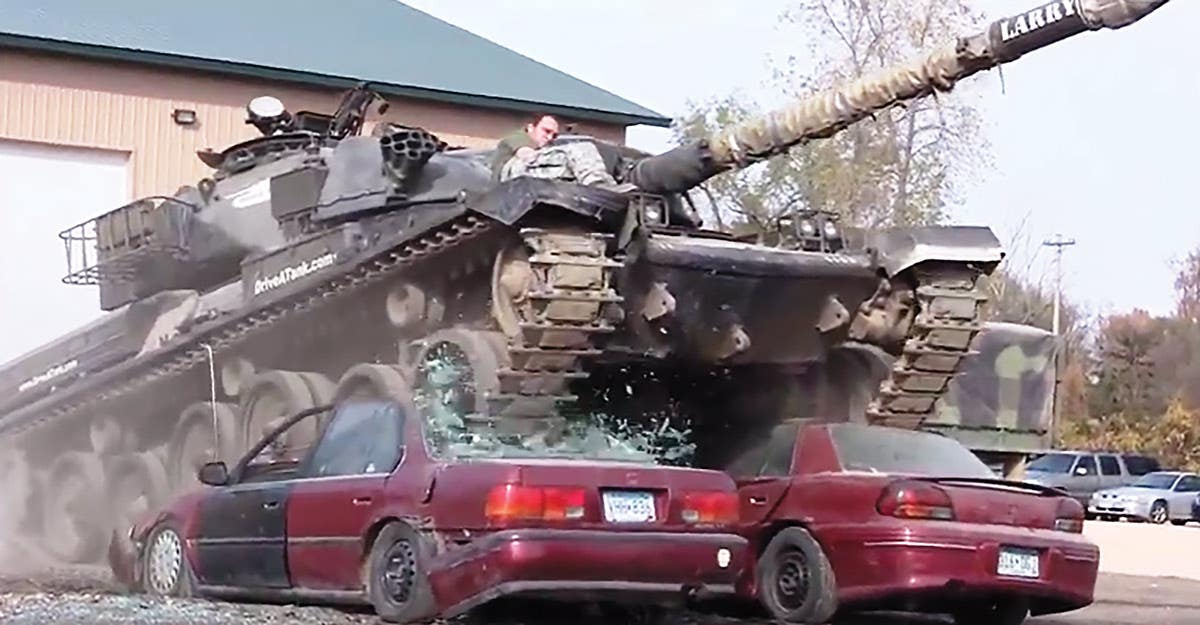Machine Gun Mounts for Military Jeeps
What is the correct pedestal mount for your WWII Jeep? What about your Korean War-vintage M38 or M38A1? Or your Vietnam or Cold War M151 Series? This article will help you choose the right machine gun mount for your 1/4-ton military Jeep.
The idea of mounting an anti-aircraft machine gun on the ¼-ton reconnaissance vehicle is as old as the vehicle itself. As early as March 1941, tests were being done at Aberdeen Proving Ground toward that end, as seen in Figure 1.
The first reasonably successful attempt at providing a machine gun mount on a ¼-ton reconnaissance vehicle was the T47 Pedestal Mount. The T47 consisted of a single-braced tubular pedestal and the D38579 Pintle group as shown in Figure 2.
According to the APG Report 5626/1, the mount was unstable during early test firing and two braces were added to bring the rigidity within the limits of the suspension characteristics of the ¼-ton, 4x4 truck. It was recommended that the pedestal be modified to include braces similar to those added during the test.
This triple-braced configuration of the T47 was standardized as the M31 Pedestal Mount, as seen in Figure 3. James Cunningham, Sons and Company began production of the M31 mounts in 1942. This firm was the only known supplier of the M31 mount and produced 31,653 of them before it was replaced in production by the M31C.
The M31 used the same D38579 Pintle and D38571 tray, as did the previously developed M24 mount used in Dodge trucks. The pintle was placed in a socket at the top of the pedestal and secured with a clamping screw. A travel lock was provided which would hold either a .30 caliber or .50 caliber machine gun level. The two supports, A303165, shown at the bottom of Figure 3, were to be welded to the outside of the Jeep frame to provide solid support.
When the M31 was redesigned to use the D90045 cradle and pintle assembly in March 1945, it became known as the M31C, as seen in Figures 4 and 5. At the same time the ammunition box tray was changed to the D90078. The D90045 cradle and pintle, with the D90078, were together known as the E10014 Cradle, pintle and ammunition box tray assembly. Once again, James Cunningham, Sons and Company was the supplier of these mounts.
M-SERIES JEEP MOUNTS
When the M38 began replacing the WWII era G-503 Jeeps, it became necessary to develop a mount for these vehicles. This mount was the M31A1. The braces were different, as was the base and the under-floor components as well. The M38 lacked the machine gun plate that was welded to the frame of the G-503 vehicles, which is what caused the addition of various components to the M31A1 kit. Many of the earlier M31C mounts were converted to M31A1 standards following MWO A55-W-19.
The M31A2 pedestal mount was developed for the M38A1 vehicle. This amounted essentially to taking a M31A1 mount and converting it back to a M31C.
As the M60 7.62mm machine gun was introduced, the mount had to be adapted to accept the new weapon. This was done by re-introducing the D38759 Y-cradle and adding a newly manufactured SK-261 platform assembly.
As the M151 series became the Army’s standard ¼-ton truck, a new machine gun mount was developed for it. The pedestal itself was the M4, shown in Figure 8. The cradle, pintle and ammo tray assembly was designated the M142 (seen in Figure 14).
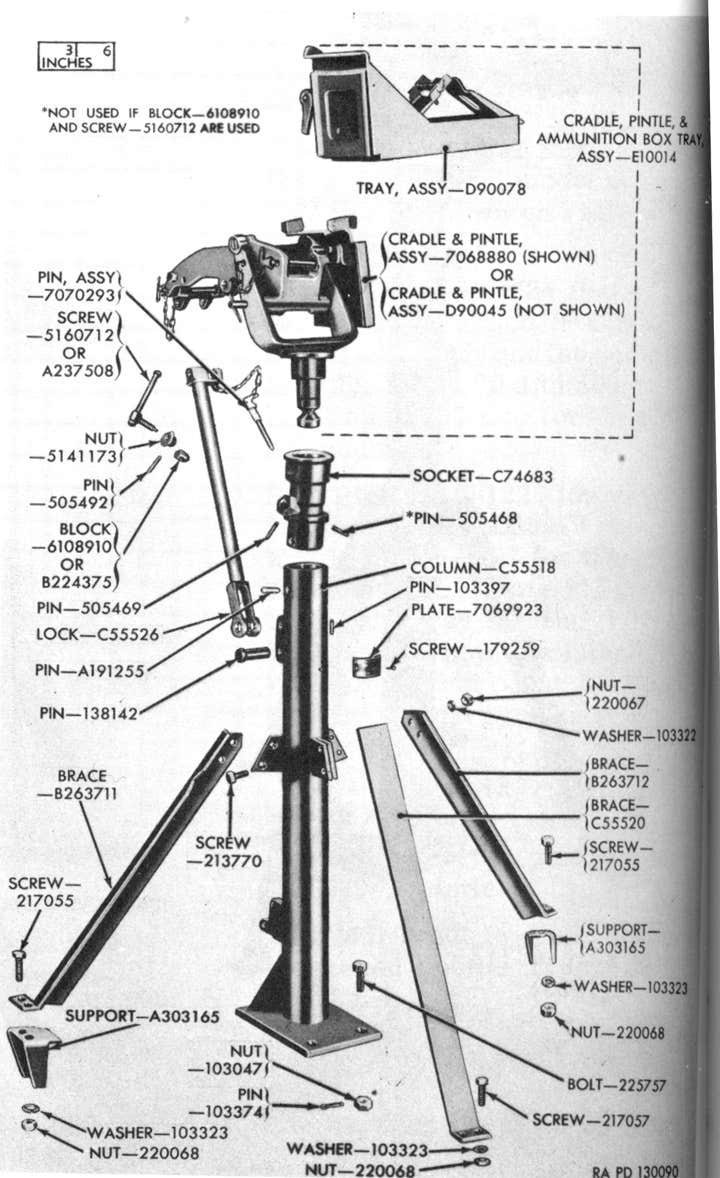
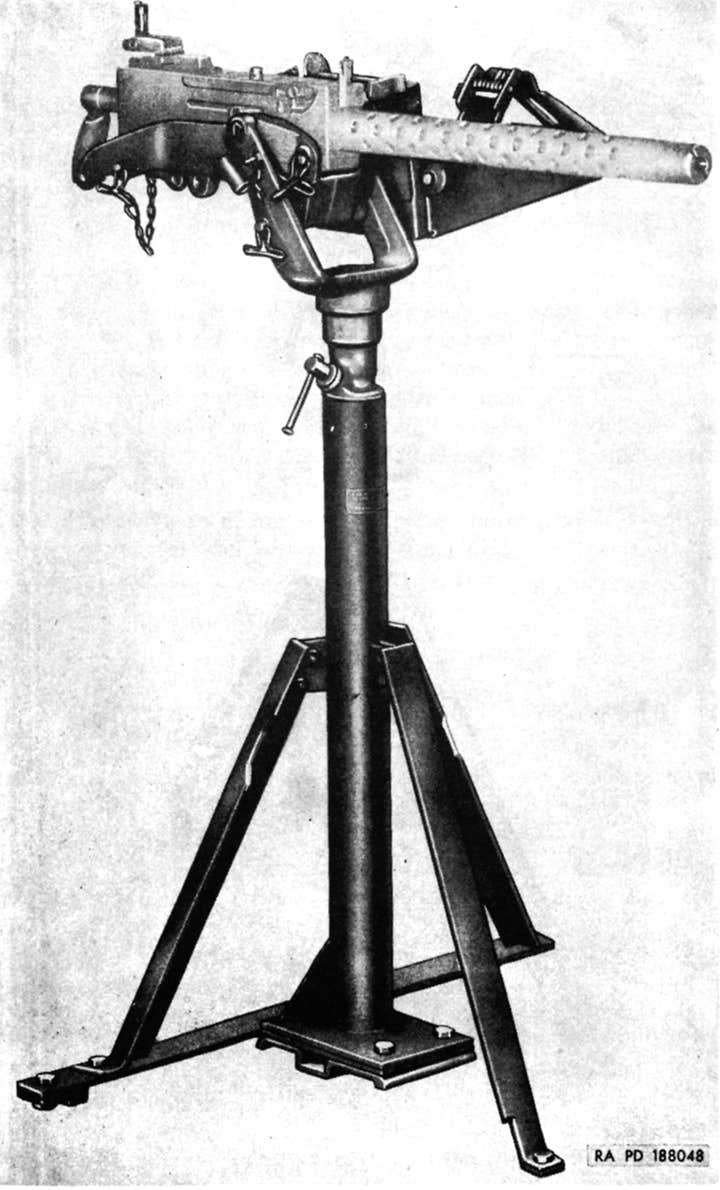
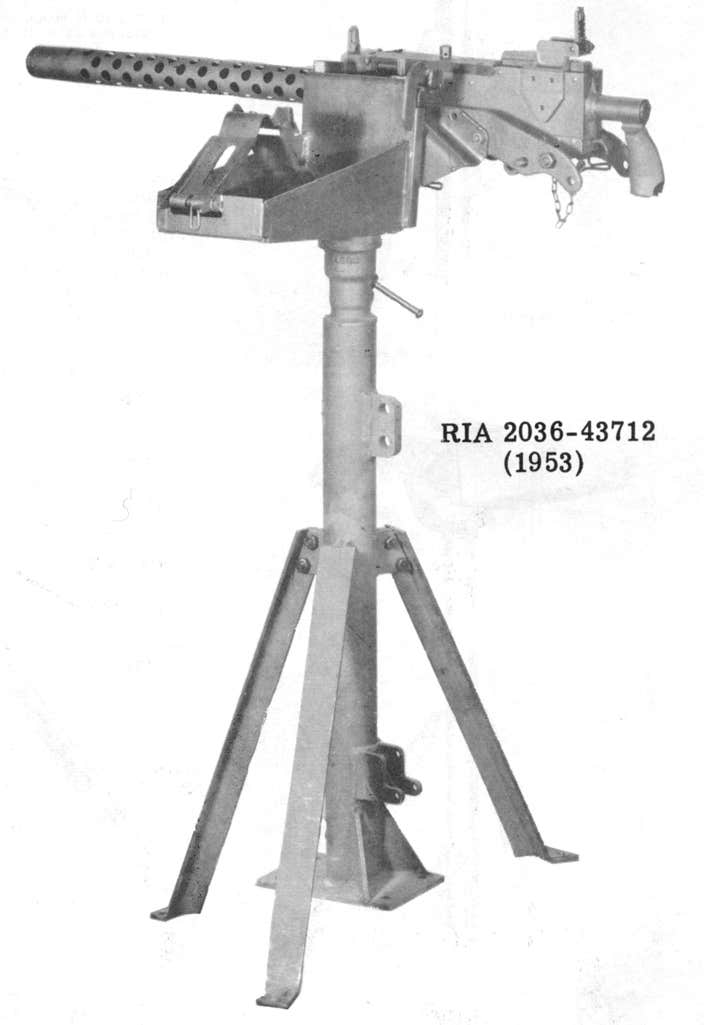
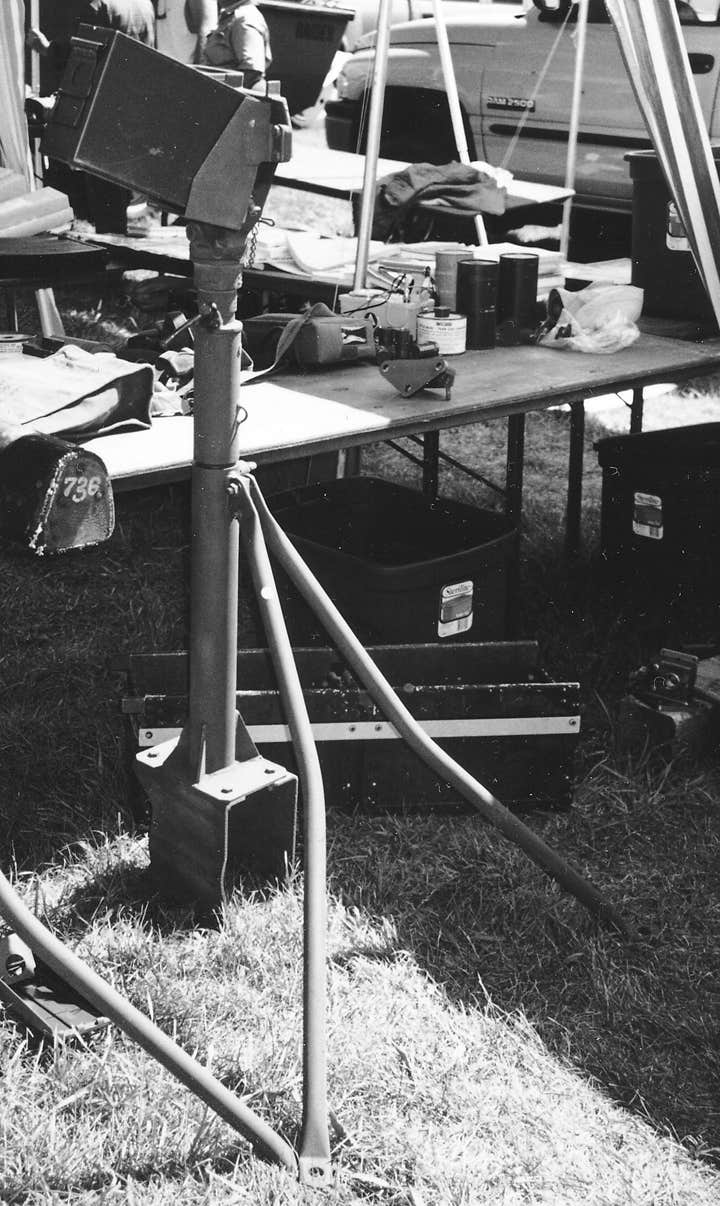
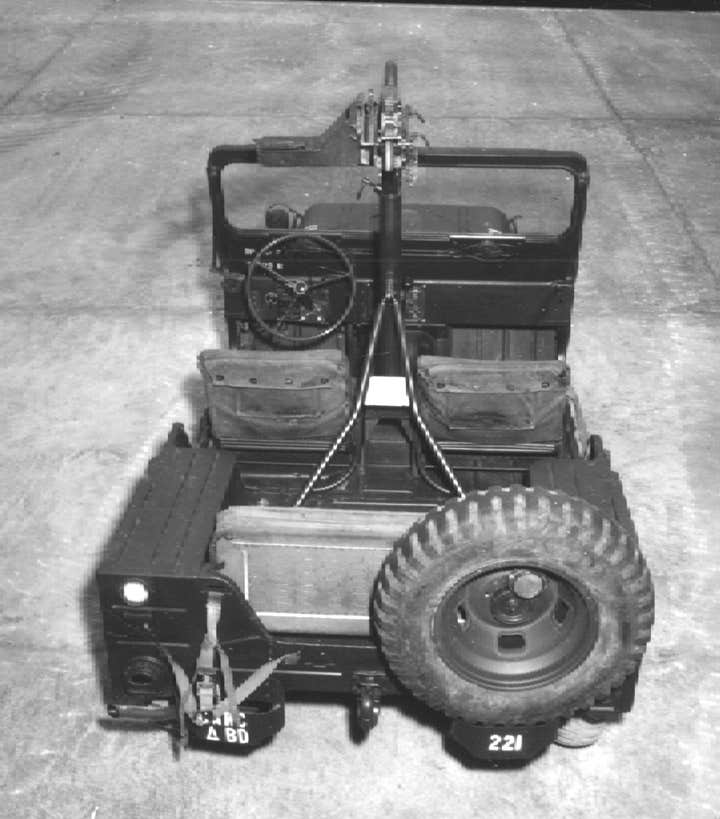
There are some documented instances of the M31C mount being installed in M151 vehicles as well, although the M4 was the recommended mount.
BRACKET MOUNTS
In addition to the pedestal mounts discussed above, there was another type of machine gun mounting developed for the Jeep during WWII—the M48 Bracket Mount, as seen in Figure 11. This mount would allow the fitting of a .30 caliber M1919A4 machine gun or M1918A2 BAR to the dashboard of the Jeep. The mounting could not withstand the recoil of the .50 caliber M2.
Although certain other pintles would fit, the standard pintle for use with the M48 was the D38579. An E6288 adapter supported the ammunition box. Installation of the M48 bracket mount necessitated the relocation of the windshield-mounted universal rifle holder, if so equipped. Its new location was vertically on the left side of the vehicle. The shortcoming of the M48 was the limited field of fire.
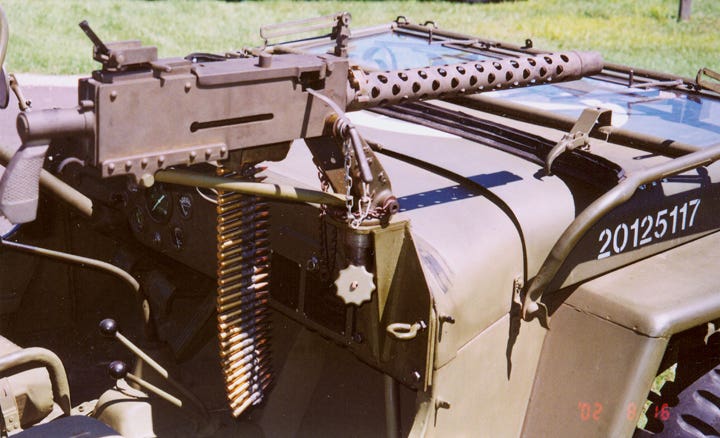
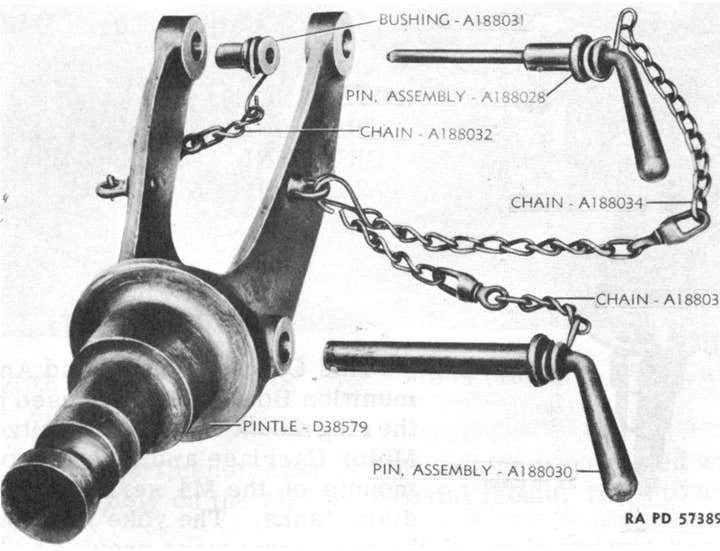
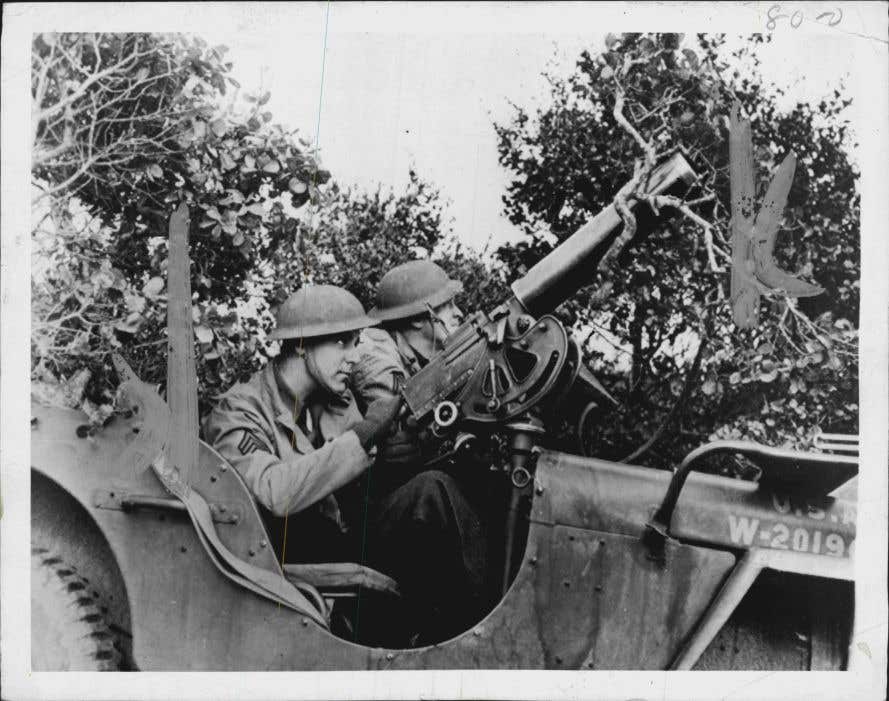
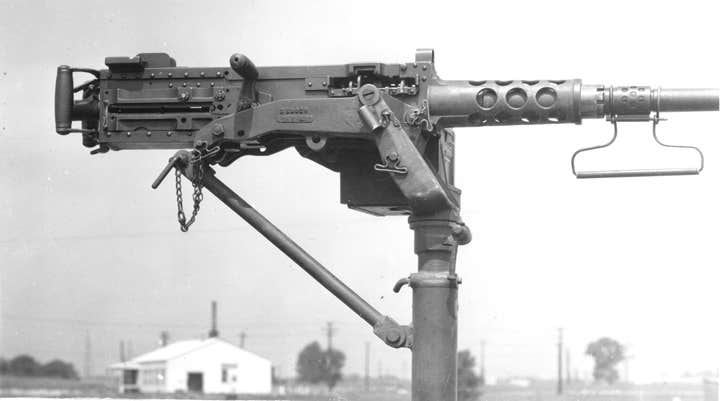
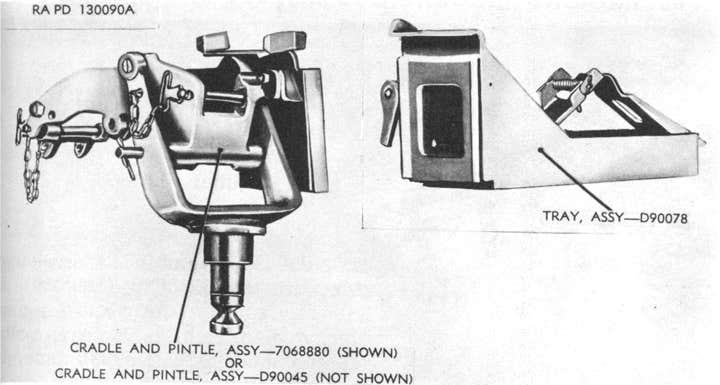
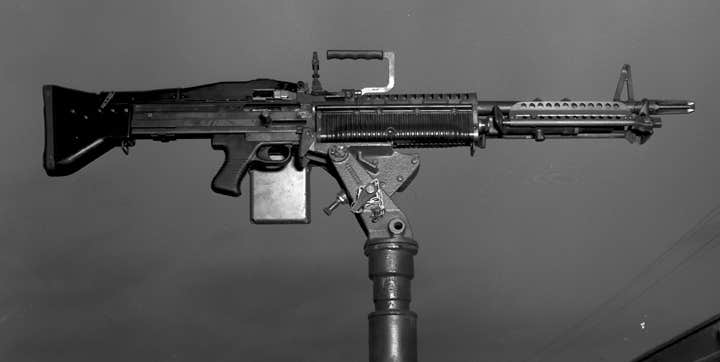
PINTLES
The D38579 pintle was a plain looking “fork” bracket. These could be used with the M2HB .50 caliber, the Browning .30 caliber M1919A4 and the M1918A2 BAR. The obvious shortcoming of this type pintle is the total lack of a provision to hold an ammunition box when used with a belt fed weapon. One of these is Figure 11 in the gallery above.
The next type used was the E10014 shown in Figure 12. This was a combination cradle, pintle and ammunition box tray originally developed for the M24A2 and A3 pedestal mounts. It is commonly called the .30/.50 caliber cradle. Similar to the cradle used on the M49 ring mount, the E10014 consisted of the D90078 tray, combined with either the D90045 welded and fabricated or 7068880 cast steel cradle and pintle.
The final pintle developed for the ¼-ton trucks was the previously mentioned M142, shown in Figure 14. This pintle was developed for the express purpose of mounting the M60 machine gun to the M4 pedestal mount, although it can also be used to affix the M60 to the M31 series mounts.
Although all the pedestal mounts from WWII through the M151 series look very similar, each era’s ¼-ton vehicle had its own weapon mounting system. This article will help you choose the right machine gun mount for your Jeep.
You may also enjoy
*As an Amazon Associate, Military Trader / Military Vehicles earns from qualifying purchases.
David Doyle's earliest published works were occasional articles in enthusiast publications aimed at the historic military vehicle restoration hobby. This was a natural outlet for a guy whose collection includes several Vietnam-era vehicles such as M62, M123A1C, M35A2, M36A2C, M292A2, M756, and an M764.
By 1999, his writing efforts grew to include regular features in leading periodicals devoted to the hobby both domestically and internationally, appearing regularly in US, English and Polish publications.
In 2003, David received his a commission to write his first book, The Standard Catalog of U.S. Military Vehicles. Since then, several outlets have published more than 100 of his works. While most of these concern historic military hardware, including aircraft and warships, his volumes on military vehicles, meticulously researched by David and his wife Denise, remain the genre for which he is most recognized. This recognition earned life-time achievement in June 2015, when he was presented Military Vehicle Preservation Association (MVPA) bestowed on him the coveted Bart Vanderveen Award in recognition of “...the individual who has contributed the most to the historic preservation of military vehicles worldwide.”
In addition to all of publishing efforts, David is the editor of the MVPA’s magazine, History in Motion, as well as serving as the organization’s Publications Director. He also maintains a retail outlet for his books online and at shows around the U.S.



